A thorough investigation has been initiated to determine the cause behind the collapse of a significant portion of the iconic 'Francis Scott Key' bridge in Baltimore, Maryland, USA. The collapse occurred after the bridge was struck by a ship and plunged into the river below. As the initial rescue operation concludes, efforts have shifted towards locating the six individuals still reported missing.
The incident has raised significant questions regarding the circumstances leading to the ship's collision with the bridge. The manner in which the vessel struck the pillar of the bridge is reminiscent of scenes seen only on movie screens, making the reality of the event even more astounding.
Multiple American agencies have launched investigations to uncover the precise cause of the accident. Initial information suggests that the Singapore-flagged cargo ship experienced a power loss before colliding with the Daly Bridge.
The vessel encountered the accident shortly after embarking on a 27-day journey from Baltimore to Sri Lanka. Upon departing from the port, the ship suddenly lost all power, including electricity and engine functionality. Despite repeated attempts by the crew to rectify the situation, including activating emergency measures, the vessel remained powerless.
Before the collision, the crew issued a distress message, alerting authorities of the imminent clash. Remarkably, this isn't the first instance of power loss experienced by the ship, as a similar incident occurred in 2016 in the port of Antwerp, Belgium.
The collapse of the Baltimore Bridge, designed to withstand ship impacts, has prompted investigators to scrutinize the circumstances surrounding the vessel's power loss and subsequent collision with the bridge pillars. Efforts are underway around the clock to unravel the sequence of events leading to the tragic incident.
Investigators from the U.S. National Transportation Safety Board (NTSB) have examined the wrecked ship on the bridge and retrieved its data recorder for analysis. NTSB Chief Jennifer Hommondy highlighted the importance of analyzing whether the ship was using adulterated fuel, which could potentially damage the ship's generator.
Clay Diamond, Executive Director of the American Pilots Association, emphasized the critical role of pilots in navigating vessels safely. He noted that despite efforts to prevent the collision, including activating the ship's backup generator, propulsion was not restored, leading to the tragic outcome.
As investigations continue, authorities are determined to uncover the root cause of the accident and implement necessary measures to prevent similar incidents in the future.



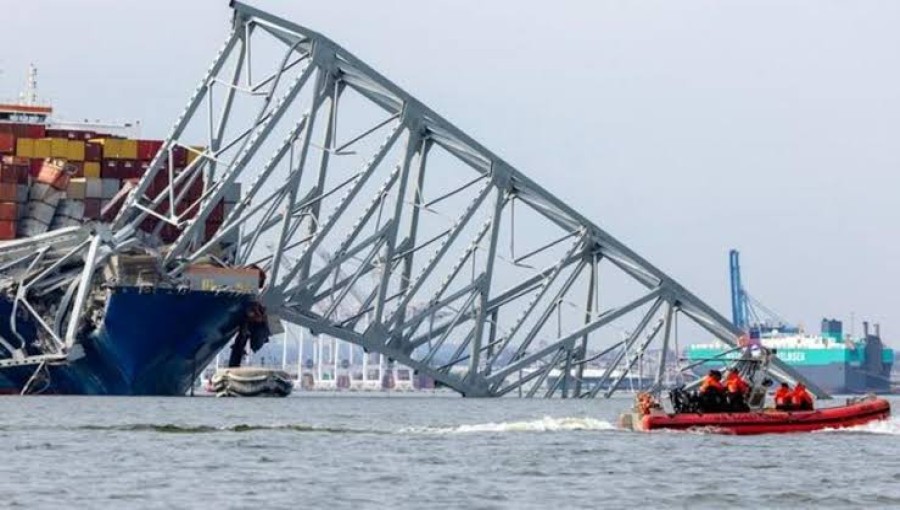




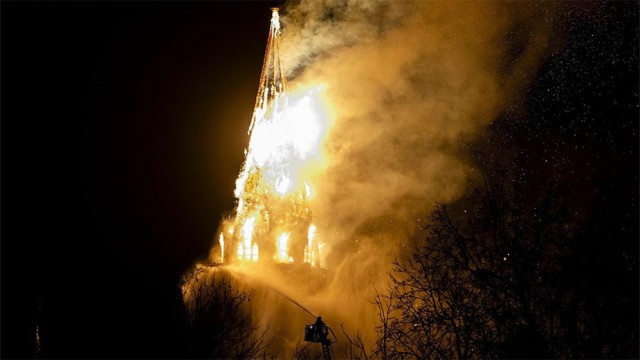




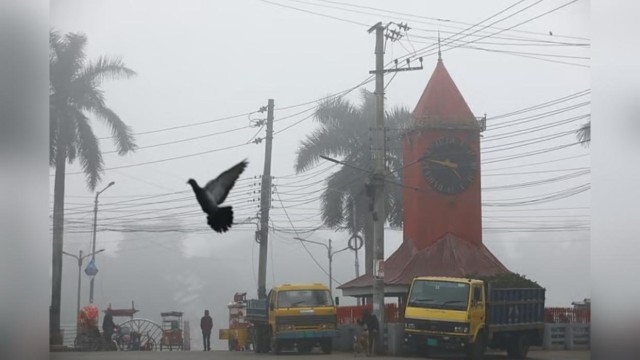


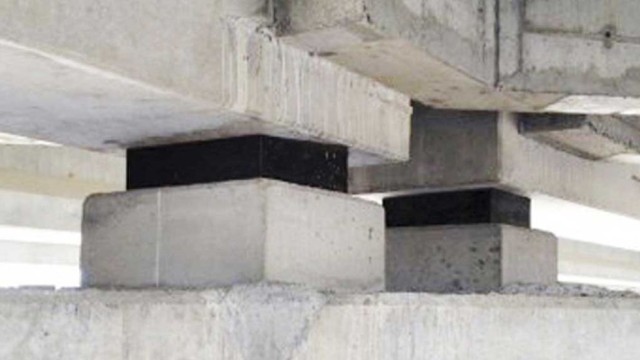




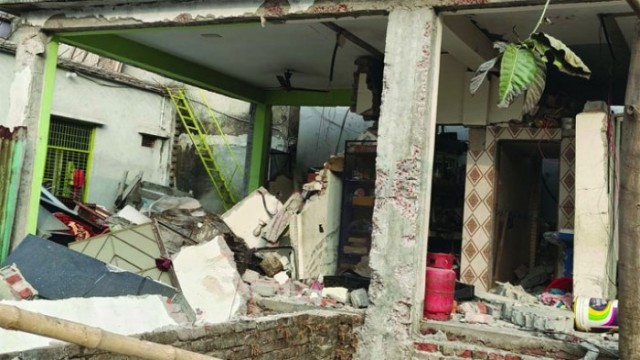



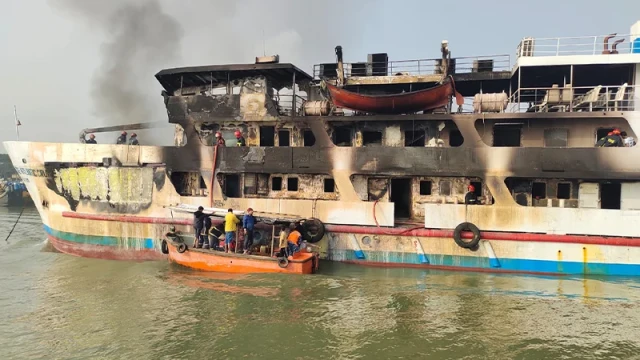

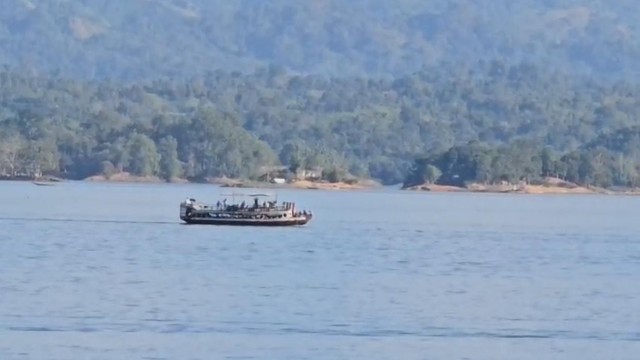

Comment: